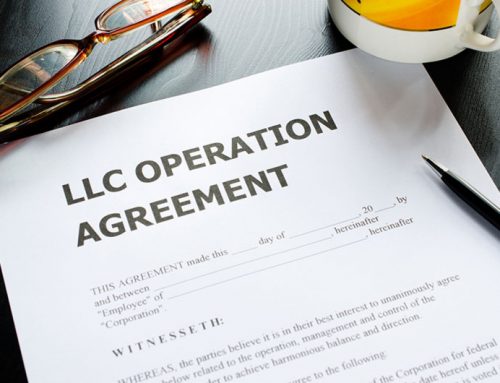On September 22, 2020, the Department of Labor (DOL) announced a proposed rule in order to clarify when a person is classified as an employee versus as an independent contractor under the Fair Labor Standards Act (FLSA). This proposed rule is intended to make it easier for employers to identify who can safely be treated as an independent contractor and therefore avoid violating the FLSA’s minimum wage and overtime requirements that apply to employees, but don’t apply to independent contractors.
The DOL’s proposed rule adopts an “economic reality” test. Under this test, the “ultimate inquiry is whether, as a matter of economic realty, the worker is dependent on a particular individual, business, or organization for work ( and is thus an employee) or is in business for him – or herself (and thus is an independent contractor).”
The actual working relationship with the worker is more important than what any contract may provide.
The proposed rule identifies two “core factors” that will be reviewed. First, the nature and degree of the worker’s control over the work. Second, the worker’s opportunity for profit or loss based on initiative and investment. These two factors help determine if a worker is economically dependent on someone else’s business or is in business for himself or herself.
Three other factors may also be used as a guide: (1) the amount of skill required for the work, (2) the degree of permanence of the working relationship; and (3) whether the work is part of an integrated unit of production.
Misclassifying an employee as an independent contractor can lead to costly litigation and fines, including back wages and unemployment compensation claims. This new rule may provide more guidance to avoid such misclassification.
For information and a consultation, call the attorneys of Supinka & Supinka PC
724- 349-6768






